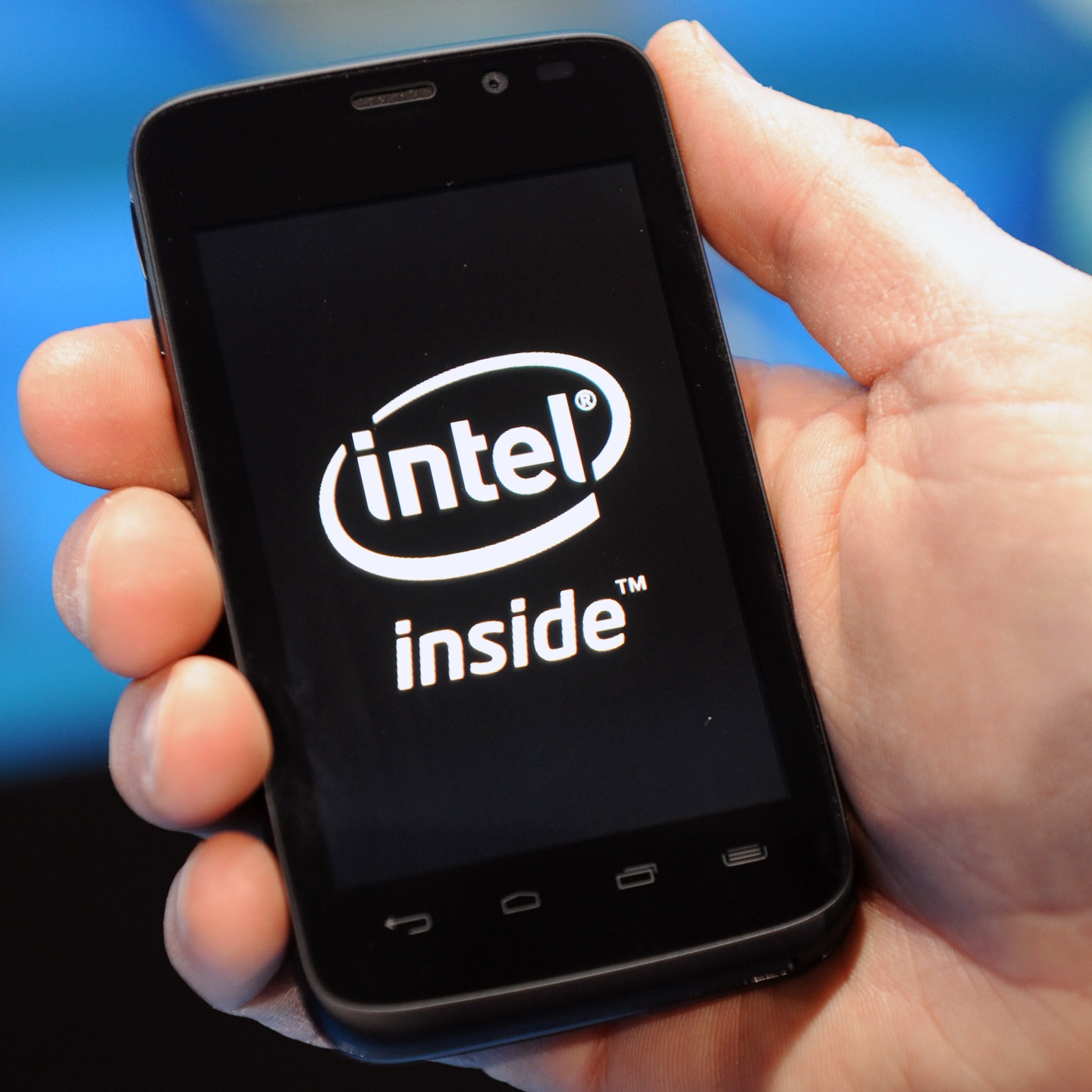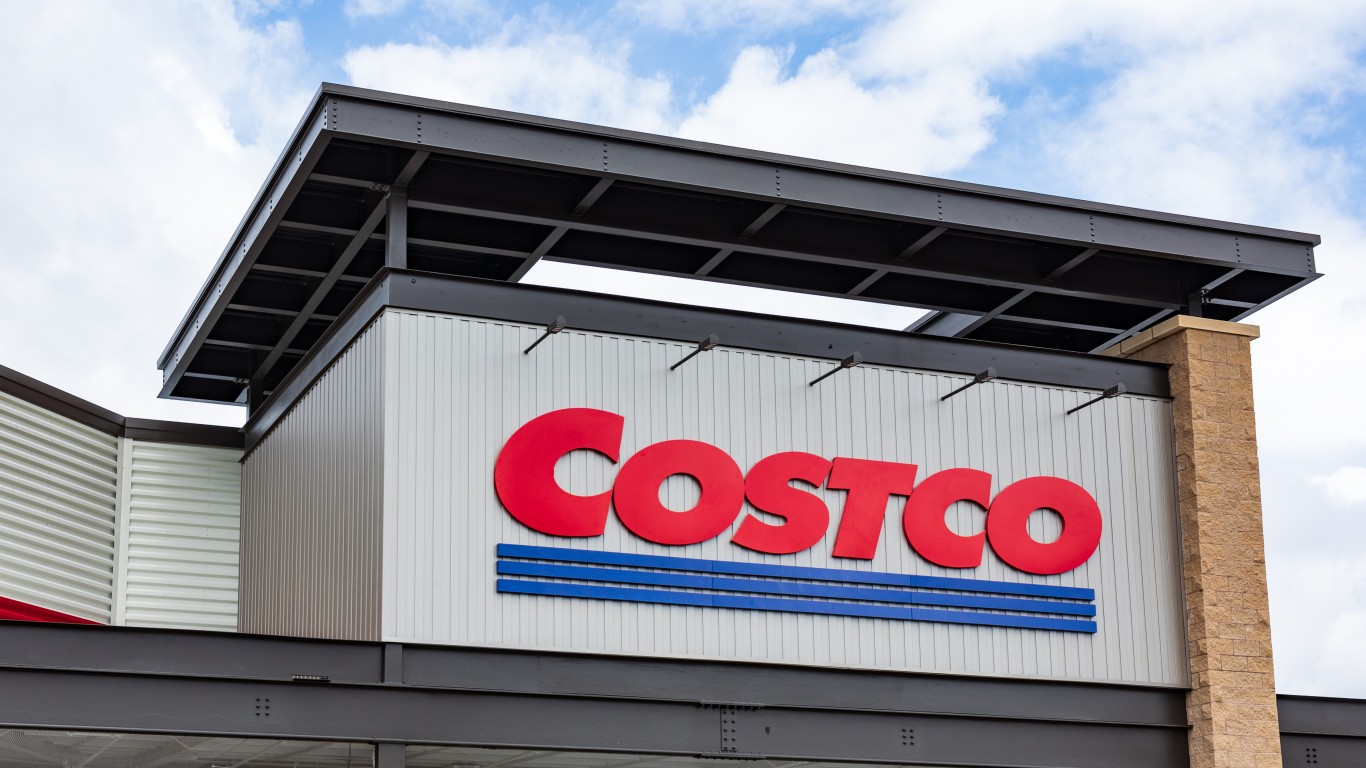
It seems that now is the time that Pacific Sunwear of California Inc. (NASDAQ: PSUN) may be on the verge of implosion. It is sad to see when this happens, but this is what can occur when a company operates at losses year after year. Still, perhaps this should not be a large surprise.
24/7 Wall St. recently covered 10 brands that will disappear in 2016. As you may have guessed here, Pacific Sunwear of California was among the 10 brands likely to disappear.
Now there are two negative issues hitting simultaneously. Pacific Sunwear has reportedly hired financial advisors to assist it as it struggles with a maturing debt burden. Its stock is also closer to delisting from the Nasdaq as well. Both are ill omens for the common stock holders.
The Wall Street Journal’s Daily Bankruptcy Review indicated that Pacific Sunwear hired FTI Consulting and Guggenheim Securities to help it deal with $160 million in debt that is due to mature later in 2016. Their report was that PacSun is pondering whether to restructure the debt outside of court or to seek a Chapter 11 bankruptcy reorganization.
As a reminder, a formal bankruptcy is considered the disappearance of a brand. Yet the reality is that some companies continue to muddle along for years before the brand itself truly dies. Pacific Sunwear’s revenue trends have been in decline for three consecutive quarters, same-store sales trends are weak, it has not shrunk its store count fast enough and four years of losses is just hard to work through.
Pacific Sunwear reported fiscal 2015 revenue of $826.8 million, which is actually up from $797.8 million in 2014 and from $784.7 million in 2013. Growing income was not in the cards, with losses in each of its past four fiscal years. Its store count declined from 873 in January 2011 to 609 as of September 2015. Its ratio of store locations to total revenue was weak, and the company already was expecting negative same-store sales trends.
PacSun’s stock has collapsed, being down roughly 90% from its 2015 high, and its status as a penny stock has it under a delisting notice. Sadly, Pacific Sunwear’s financial condition has many of the hallmarks of an approaching bankruptcy.
An SEC filing on Monday showed that it updated investors about its potential delisting. After previously disclosing that it had received a deficiency letter from the Nasdaq Stock Market (on September 1, 2015), the stock still did not meet Nasdaq’s $1.00 bid rule. The filing said:
If the Company did not regain compliance by February 29, 2016, then NASDAQ would provide written notification to the Company that the Company’s common stock would be subject to delisting from the NASDAQ Global Select Market. The First Notification Letter did not impact the Company’s listing on the NASDAQ Global Select Market and the Company’s common stock continued to trade on the NASDAQ Global Select Market under the symbol “PSUN”.
On March 1, 2016, the Company received a second letter from NASDAQ notifying the Company that its common stock is scheduled for delisting from the NASDAQ Global Select Market at the opening of business on March 10, 2016, as a result of noncompliance with the Bid Price Rule during the prior 180-day period, unless the Company requests an appeal of such determination on or before March 8, 2016. The Company will appeal such determination to the NASDAQ Hearings Panel on or before such date and intends to present a plan that it believes could enable it to regain compliance with the Bid Price Rule, including the completion of a reverse stock split, if necessary. The hearing request will automatically stay delisting of the Company’s common stock pending the Panel’s decision. There can be no assurance that the Company’s appeal will be successful. If the Company’s common stock is delisted, it may be eligible to continue to be quoted on the OTC Bulletin Board or in the Pink Sheets.
At $0.22, Pacific Sunwear’s shares have seen a 52-week trading range of $0.16 to $2.99. Its market cap is down to $15 million — versus 2015 revenue of $826 million. If Pacific Sunwear was in the Star Trek universe it would be hard not to compare its current situation to the Kobayashi Maru test.
Travel Cards Are Getting Too Good To Ignore (sponsored)
Credit card companies are pulling out all the stops, with the issuers are offering insane travel rewards and perks.
We’re talking huge sign-up bonuses, points on every purchase, and benefits like lounge access, travel credits, and free hotel nights. For travelers, these rewards can add up to thousands of dollars in flights, upgrades, and luxury experiences every year.
It’s like getting paid to travel — and it’s available to qualified borrowers who know where to look.
We’ve rounded up some of the best travel credit cards on the market. Click here to see the list. Don’t miss these offers — they won’t be this good forever.
Thank you for reading! Have some feedback for us?
Contact the 24/7 Wall St. editorial team.
 24/7 Wall St.
24/7 Wall St.


